
Java instantiate array with values 341751Java array initialization
To initialize a List with values, we can use the constructor that takes a Collection as an argument. We can pass any collection object that implements the Collection interface to this constructor, such as another ArrayList or a LinkedList. The elements in the collection are added to the new ArrayList in the order they appear in the collection.

Java 8 initialize set with values with an example program
1. Overview List is a pretty commonly used data structure in Java. Sometimes, we may need a nested List structure for some requirements, such as List

How to Initialize an ArrayList in Java Declaration with Values
We can Initialize ArrayList with values in several ways. Let's see some of them with examples. Table of Contents [ hide] Using Arrays.asList () Initialize ArrayList with String values. intialize ArrayList with Integer values. intialize ArrayList with float values. Using Stream in Java 8. Using Factory Method in java 9.
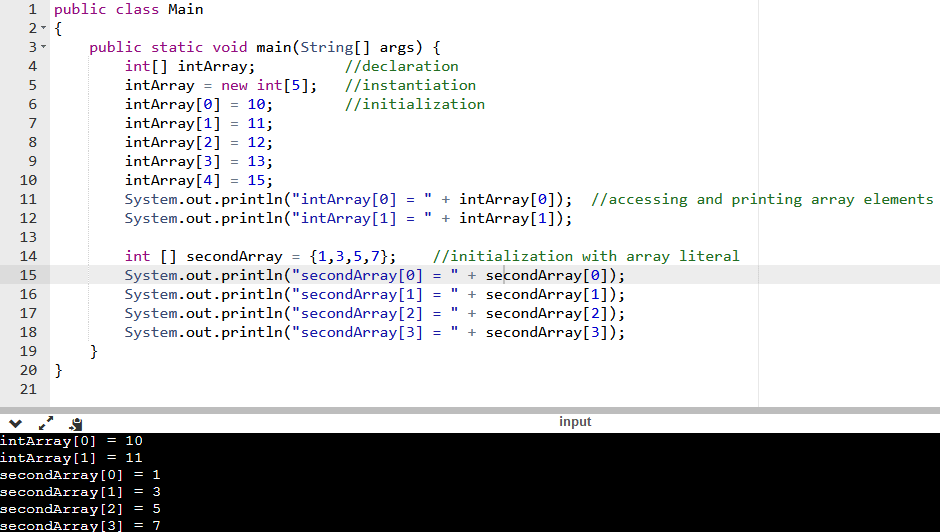
Declare and initialize Array in java QA With Experts
Initialize Java List. You can make use of any of the methods given below to initialize a list object. #1) Using The asList Method. The method asList is already covered in detail in the Arrays topic. You can create an immutable list using the array values. The general syntax is: List

How to Initialize a Java List List of String Initialization in Java
Syntax: List

Java Initialize Map With Keys Riset
The most straightforward way of initializing a list with values is by using Add () method of list class. This method adds an element at the end of the list. Let's consider an example: List
Variable Declaration and Initialization in Java Programming Language
Initializing Lists with Specific Values Using Loops Looping is a common method to initialize lists with specific values. Below is an example of how you can use a for-loop to initialize a list with numbers 1 to 10: List list = new ArrayList<> (); for (int i = 1; i <= 10; i++) { list.add(i); } Using Java Streams
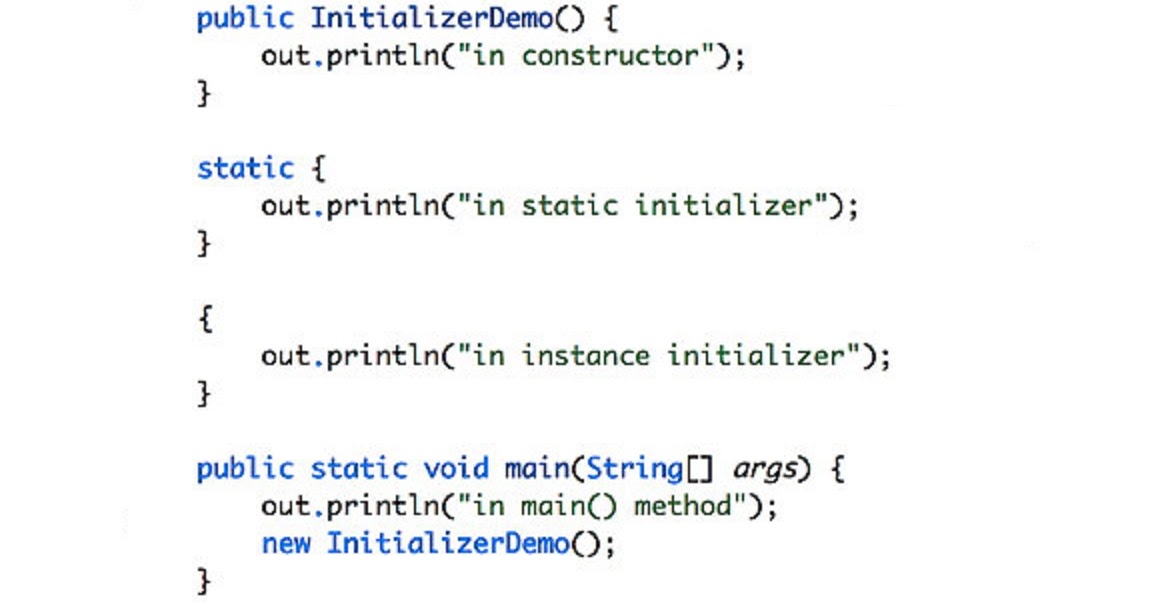
How to initialize HashMap with values in Java? Example Java67
1 Create an ArrayList. If you already have an ArrayList you can skip this, but if not, create one. Use the following code snippet to create your ArrayList where

22 More on Declaring and Initializing Variables in Java Math Tutor
A Free Online Course On The New Features & Enhancements Of Java SE 7 - With Certificate. Alison Free Learning - Providing Opportunities To People Anywhere In The World Since 2007.

Java Initialize String Arrays Arrays in Java YouTube
Option 1: Anonymous type with initializer block*. void addToMe (new ArrayList
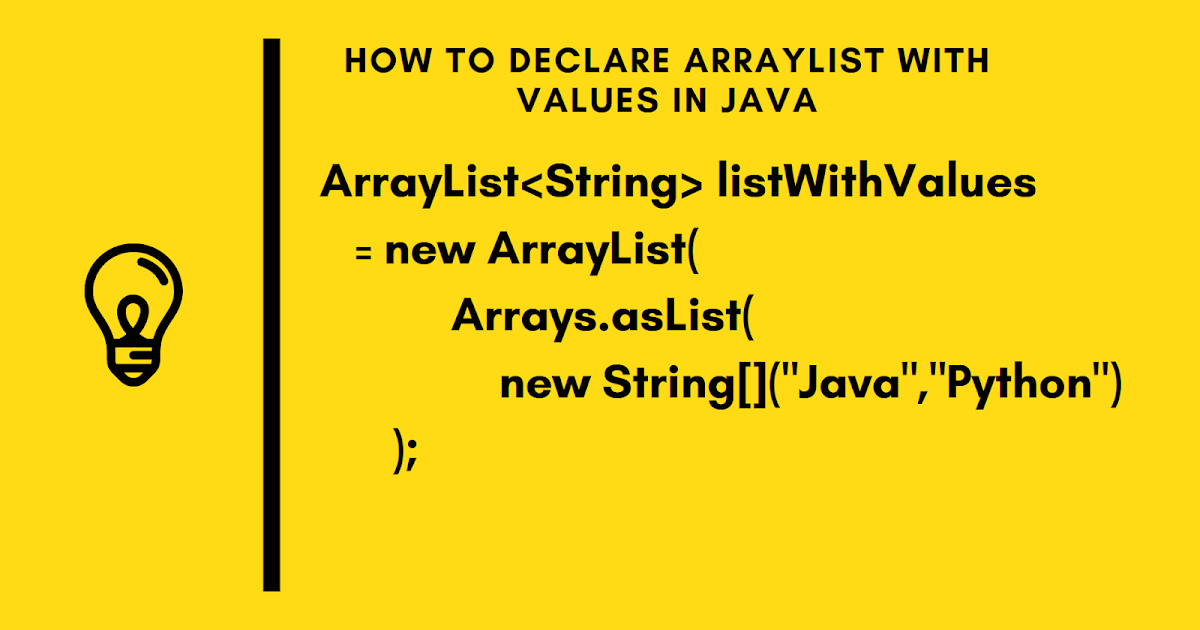
How to declare and initialize a List with values in Java (ArrayList
Imports used for java initialize list. Different methods to initialize a Java list. Method-1: Using add () Example-1: Using add () method with ArrayList. Example-2: Using add () method with LinkedList. Example-3: Using add () method with instance Stack. Method-2: Using asList () Method-3: Using UnmodifiableList.

How To Initialize An Array In Java In Different Ways
And we can do this by changing the integerList declaration into: List

4 Variable Declaration and Initialization in Java Java Tutorial for
Here are the different ways to initialize a list: Using List.add () method List is an interface, we cannot instantiate it directly. However, we can create objects of those classes which implemented this interface and instantiate them. The classes that implement the List interface are ArrayList, LinkedList, Vector, Stack etc. Example :
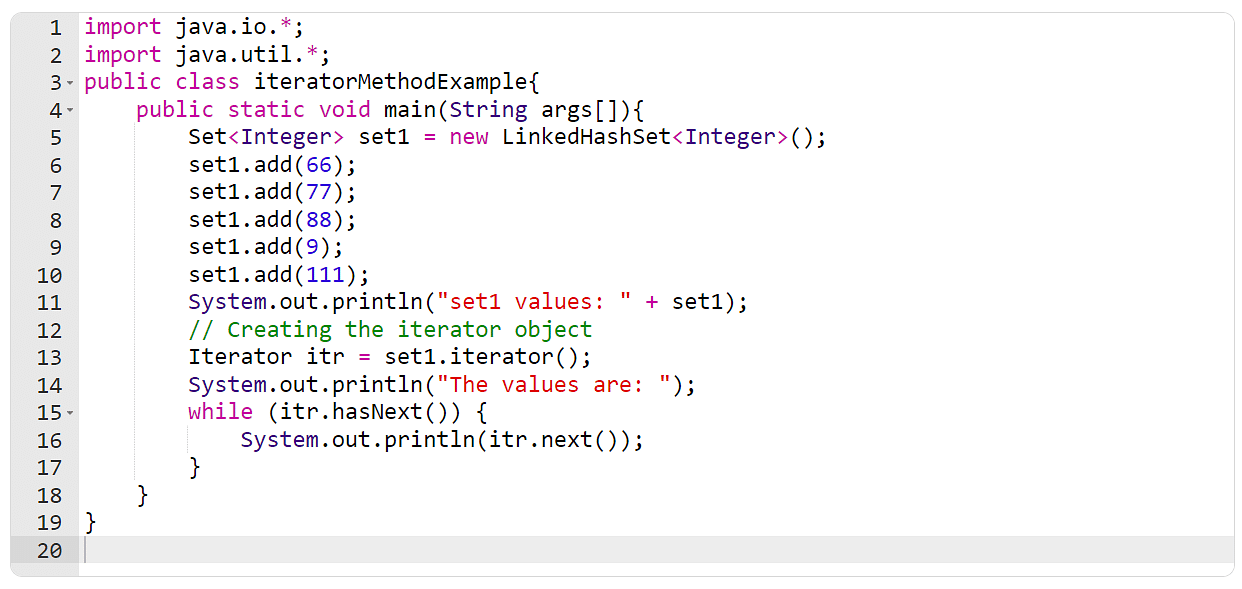
Java Initialize Set With Values With An Example Program Instanceofjava
This is the simplest way to initialize a List:- /** * Immutable list with inline elements */ List
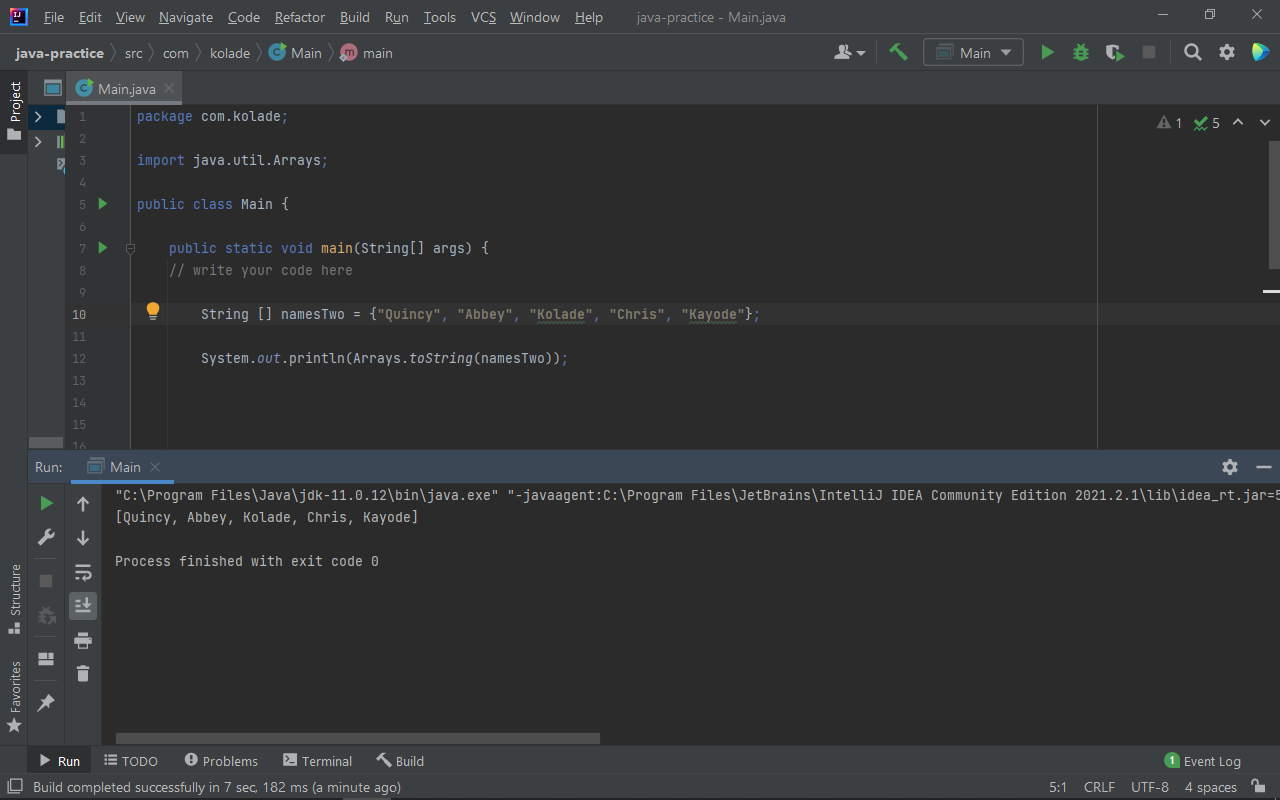
Java Array Declaration How to Initialize an Array in Java with
There are multiple ways in which one can initialize an ArrayList in Java with values, just like Arrays, let us take a look at a few of them. Using an Arrays.asList() If you already have an array that is declared and initialized, you can create Initialize an ArrayList using it.
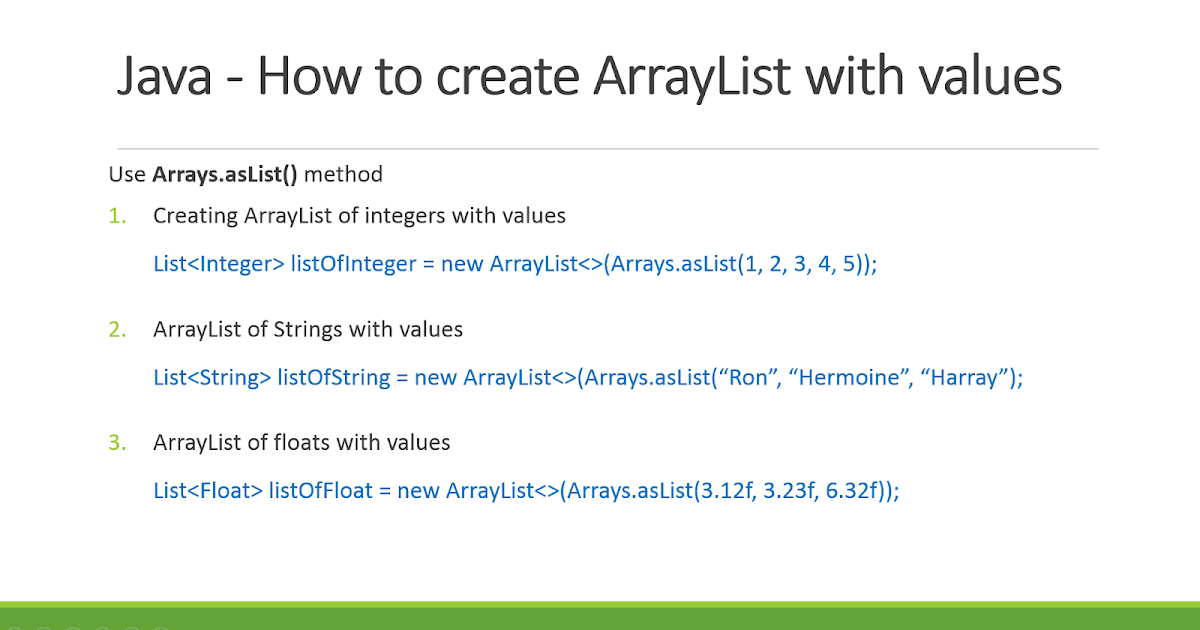
How to declare ArrayList with values in Java? Examples Java67
7 Answers Sorted by: 120 There are various options. Personally I like using Guava: List